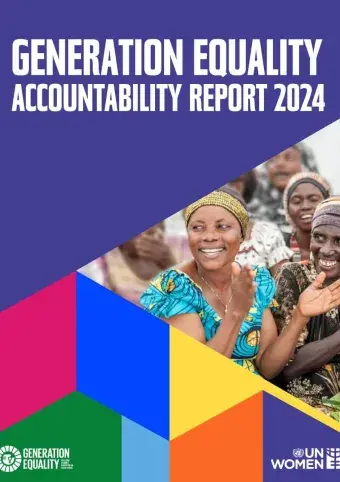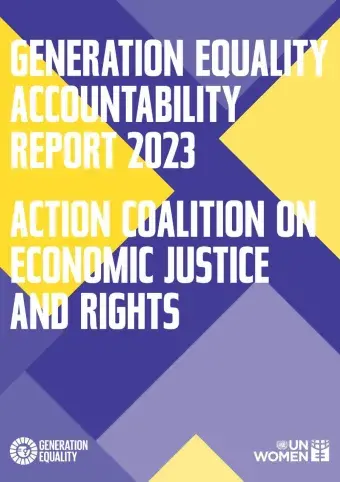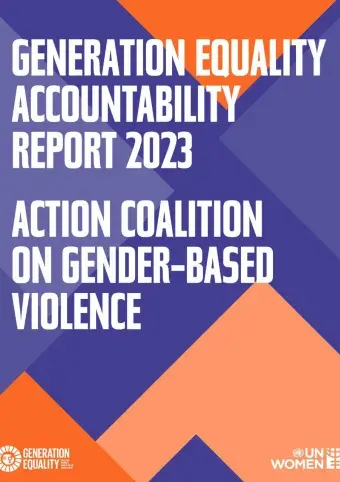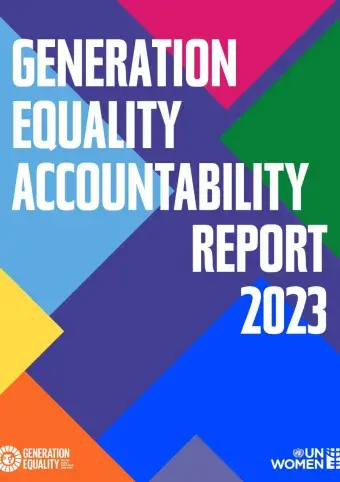The power of campaigns in combatting violence
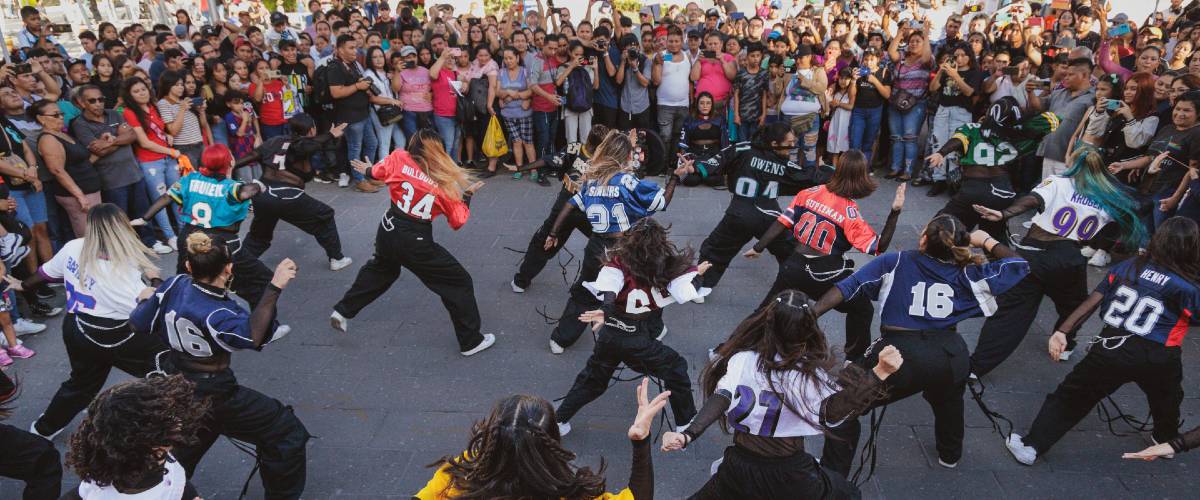
Campaigns have become a powerful strategy when dealing with violence against women and girls in recent years. Executed at various levels, from local communities to global stages, campaigns play a vital role in the prevention of gender-based violence.
Crafting an effective violence prevention campaign
Identifying the issue
When planning a gender-based violence prevention campaign it is important to determine its specific focus. What type of violence is the campaign targeting? Is it intimate-partner violence? Is it female gential mutiliation? Or sexual violence? Where is the violence occurring and in what context? And who is the perpetrator of said violence? By answering these questions campaigns can have a real impact and establish a clear link between campaign activities and expected outcomes.
The importance of language
Here’s an effective strategy: instead of only talking about the terrible effects of violence against women and girls, employ positive messaging that emphasizes human rights and addresses power imbalances. This strategy is more effective than solely highlighting the consequences of violence. Second, ask yourself who your audience is. Tailoring campaigns to specific audiences, based on research with representatives of the target audience, boosts the campaign’s impact and ensures diverse perspectives are considered. A good example of this is the SASA! Together community mobilization programmes. These programmes use positive messaging that provide practical solutions and safeguard the dignity of survivors of violence.
